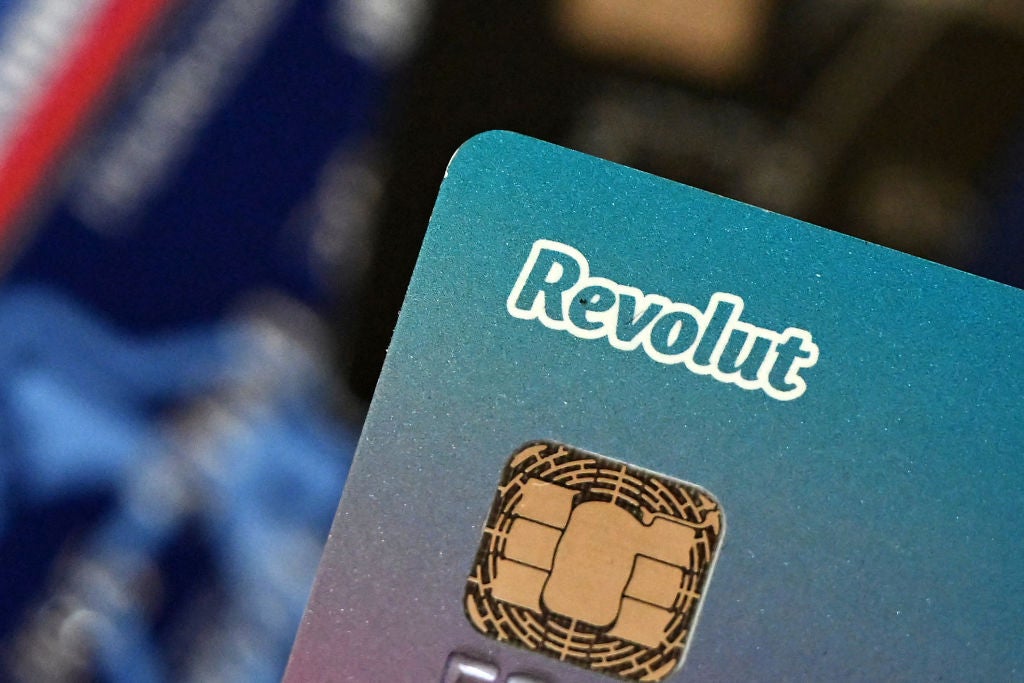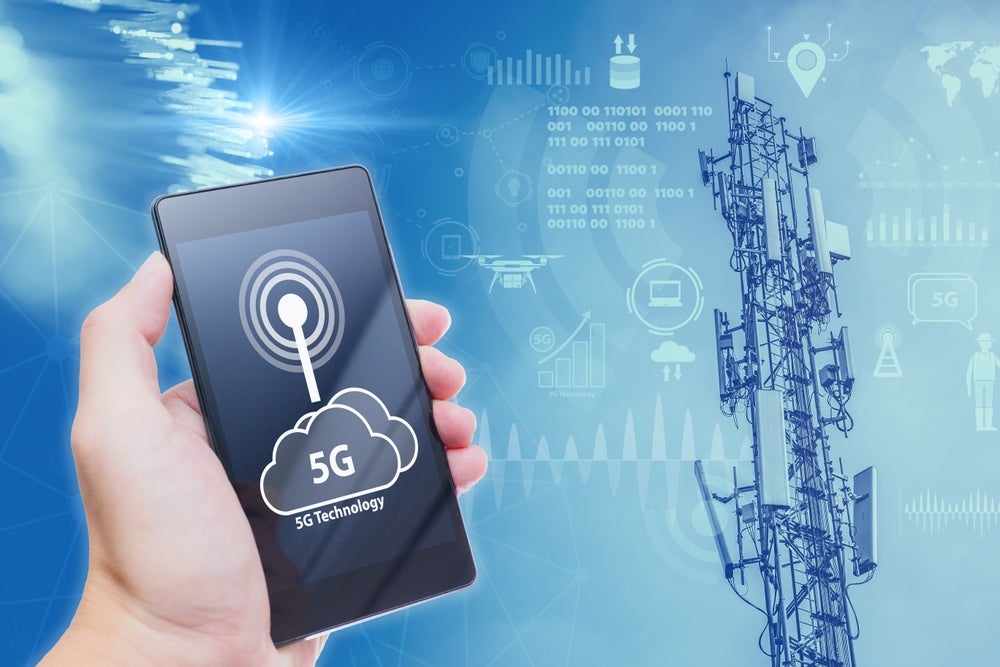It is 2024 and telecom operators are still grasping at straws when it comes to 5G monetisation, but they have shown that they will take whatever they can get—including from public sector funding for large-scale digitisation projects.
If that happens to include dedicated or private networks—that’s fine. They can make it work.
In Italy, TIM Enterprise and ANCI (the national association of Italian municipalities) have revealed plans for 5G-enabled smart cities to help local governments reduce urban traffic costs and pollution costs with better planning of both public and private transport and the movement of tourists, while also significantly reducing CO₂ emissions. To enable this to happen (with 5G, IoT, and AI investments), TIM would like to help these cities spend their public funding for the necessary digital infrastructure. Earlier this year, the operator also reported that it had exceeded targets for its 5G backhauling plan and its 5G densification plan for Q4 2023.
In Sweden, Telia is accessing funding from the Connecting Europe Facility (CEF Digital), which it will use to build dedicated 5G networks at five locations in the country. The networks will be used for digital innovation projects together with partners such as RISE Research Institutes of Sweden and Region Stockholm in areas such as agriculture, transport, logistics and healthcare. They will also be connected to the NorthStar innovation network established by Telia and Ericsson. The first network to be deployed, a €6.4m ($6.8m) healthcare project, will explore how advanced 5G services can contribute to increased patient safety, quality of care, and accessibility.
Private 5G
Interestingly, Proximus is also tapping public sector funding for a proposed connected hospital deployment of private 5G at AZ Groeninge in Belgium. With government backing, the telco and its ecosystem partners expect to demonstrate “a revolution” in the healthcare sector by testing and implementing valuable 5G use cases in domains crossing remote care, clinical communication, as well as data and training, with the potential to drive similar investments across the sector.
In the US, Verizon Frontline launched an innovation program to help develop new, 5G-enabled solutions to support first responders on the front lines. Public sector departments are looking at innovative products to create efficiencies and reduce response times. The Verizon Frontline Innovation Program was created to help bring new technologies to fire, emergency medical, and police agencies and aims to explore new technologies while collaborating with first responders and industry partners to identify, test, and develop communications solutions in four main public safety focus areas: Preparation, Response, Recovery and Mitigation.
How well do you really know your competitors?
Access the most comprehensive Company Profiles on the market, powered by GlobalData. Save hours of research. Gain competitive edge.

Thank you!
Your download email will arrive shortly
Not ready to buy yet? Download a free sample
We are confident about the unique quality of our Company Profiles. However, we want you to make the most beneficial decision for your business, so we offer a free sample that you can download by submitting the below form
By GlobalDataVerizon also has a trial in place with a law enforcement agency in Arizona using 5G network slicing for situational awareness, where Verizon is working with device maker Axon. The operator also told analysts at a recent event that public sector organisations are now looking at 5G fixed wireless access (FWA) for use cases as diverse as connecting schools and voting precincts, and as a possible use of U.S. federal government infrastructure funding for modernising networks.
Mobile operators can’t live on public sector funding alone when it comes to monetising their 5G investments, but many are showing they are not willing to wait for mass market use cases serving the private sector to materialise, and are working hard together with government agencies in their regions which have pledged to upgrade their digital footprints.







